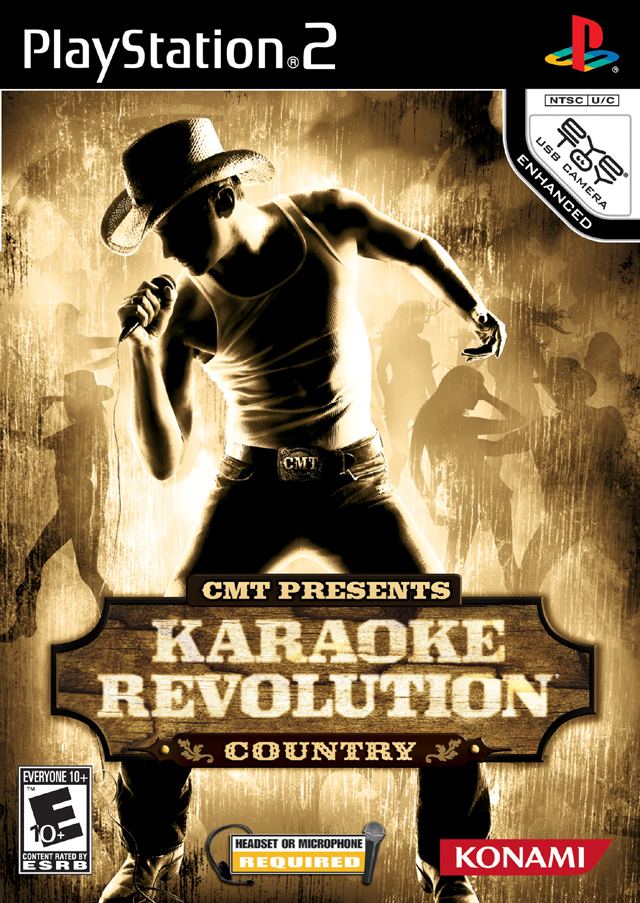 | ||
Games Karaoke Revolution Party, Karaoke Revolution Volume 3, Karaoke Revolution Volume 2 | ||
Cgrundertow karaoke revolution presents american idol encore for playstation 2 video game review
Karaoke Revolution and its many sequels are video games for the PlayStation 2, PlayStation 3, Nintendo GameCube, Wii, Xbox, and Xbox 360, developed by Harmonix and Blitz Games and published by Konami in its Bemani line of music games. The Original Concept for Karaoke Revolution was created by Scott Hawkins and Sneaky Rabbit Studios. Technology and concepts from the game were subsequently incorporated into Harmonix's game Rock Band.
Contents
- Cgrundertow karaoke revolution presents american idol encore for playstation 2 video game review
- Cgrundertow karaoke revolution glee for nintendo wii video game review
- Gameplay
- Releases
- Reception
- References
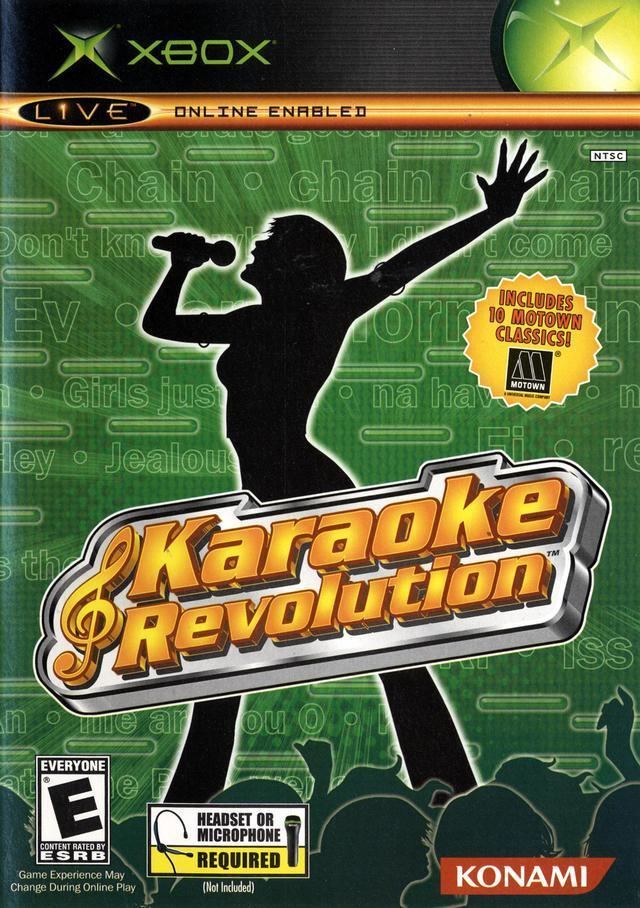
The Japanese versions of the game are developed by Konami themselves. The gameplay also differs significantly. Rather than a game per se, it is merely a karaoke system for the PlayStation 2, with no judgments.
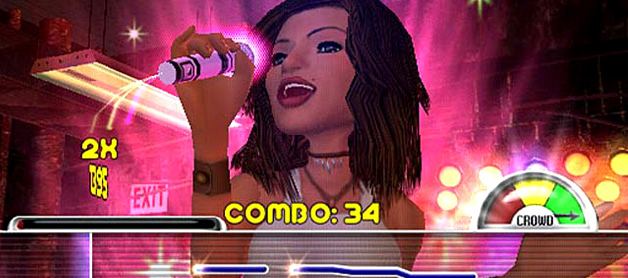
The game does not attempt to understand the singer's words, but instead detects their pitch. As such, singers can hum to a song or sing different lyrics without penalty. The game adapts to the player singing in a different octave than the song, to accommodate players whose vocal ranges do not fit the song.
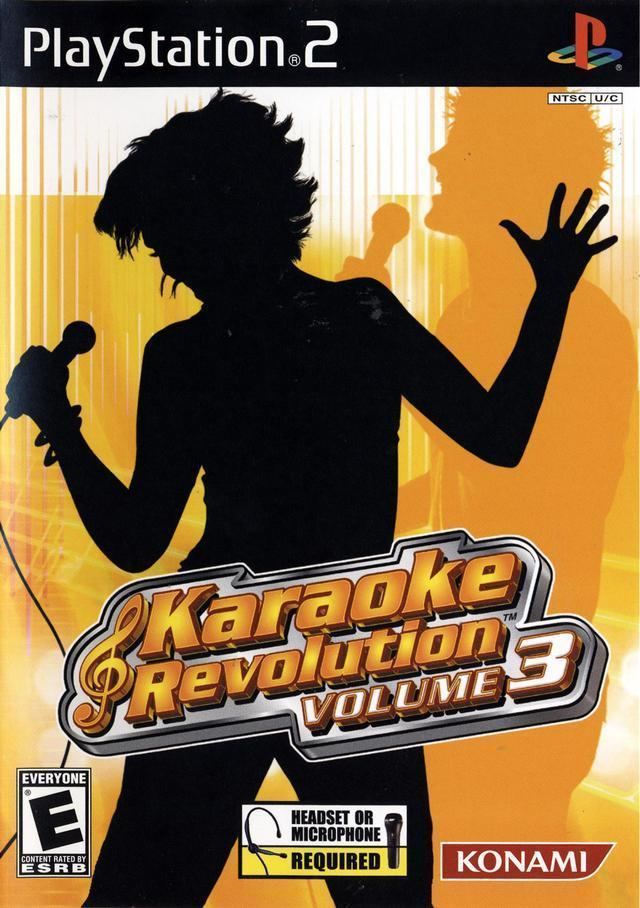
The songs in the game are covers of pop hits frequently sung in karaoke bars. This contrasts with the SingStar series from Sony Computer Entertainment Europe, which features only original artist recordings along with the music videos, where available. However, the 2009 remake of the game (titled Karaoke Revolution, just like the original) features all master tracks.
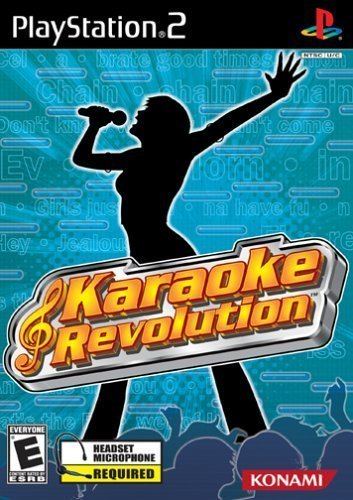
Cgrundertow karaoke revolution glee for nintendo wii video game review
Gameplay
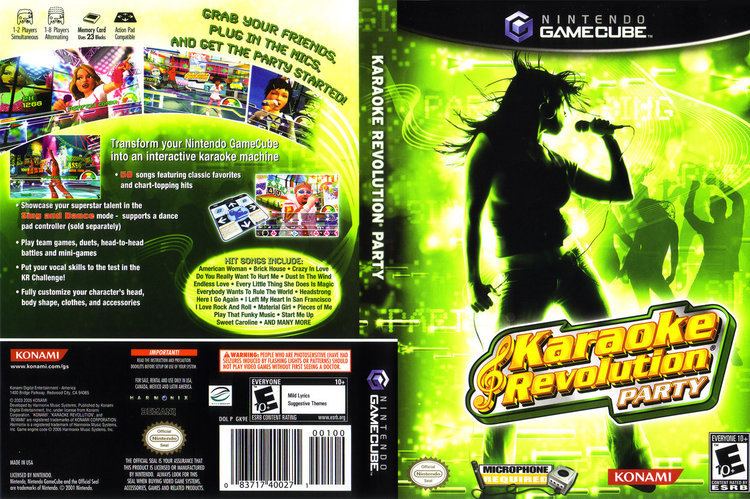
The player is depicted as a character on-screen performing at a public location. The words to the song scroll bottom to top at the bottom of the screen, above a piano roll representation of the relative pitches at which they are to be sung (the game calls these "note tubes"). At the left end of this area, a "pitch star" shows the pitch which the player is singing and provides feedback on whether they're hitting the notes. A "crowd meter" shows the mood of the crowd as the player sings; if they do a good job of hitting notes on-pitch then the crowd will cheer more loudly and clap in rhythm with the song, and the scene will become more vividly animated. If the crowd meter falls all the way to the lowest rating, the audience will boo the character off-stage and the game is over.
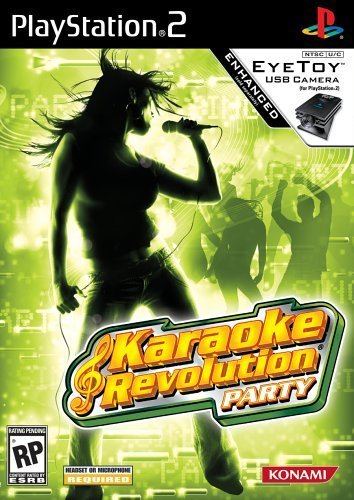
Each song is divided into approximately 30 to 50 "phrases". A meter will fill up and turn from red to green for each phrase, based on how well the player sings the right notes; if the player can fill the meter to green, they will score more points, and getting several greens in a row will create a "combo" and award a 2x score multiplier until the player fails to make green on another phrase. This blue meter resembles how long you should hold the note for and at what pitch. The game can be set at higher difficulties which make this meter larger and require the player to hit the right notes more precisely to fill it to green.
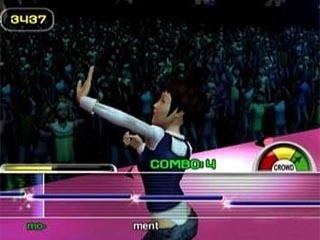
Since maximum scores for each song are normalized 50,000 regardless of difficulty, overall scores on songs can be compared. To achieve the gold record for a song, 12,500 points must be achieved. To achieve the platinum record for a song, 20,000 points must be achieved. Winning records will unlock additional characters, outfits, and songs. In Karaoke Revolution Party, Karaoke Revolution Country, Karaoke Revolution Presents: American Idol, and American Idol Encore, 50,000 points (a perfect score) earns a diamond record. In Karaoke Revolution Presents: American Idol Encore 2 the point system was changed so that 60,000 points gives a platinum record for a song and 100,000 points is a perfect score (diamond record).
Karaoke Revolution Volume 2 introduces a "medley mode" which challenges the player to sing a string of short clips from various songs.
Karaoke Revolution Volume 3 introduces "duet mode" which lets two singers play simultaneously. It also revised scoring so that perfect performances result in exactly 50,000 points (with the exception of the Jackson 5's "ABC").
Karaoke Revolution Party features minigames, support for the EyeToy camera, and a "Sing and Dance" mode which utilizes the dance pad controller.
Karaoke Revolution Presents: American Idol utilizes American Idol judges, commentary, and stages.
Releases
Many expansion discs are available for the Japanese version of the game, including an anime song collection and several volumes of J-Pop.
The North American version of Karaoke Revolution was released in November 2003 on PlayStation 2 version in a bundle with the Logitech headset attachment. The game was sold without the headset in February, 2004. The European version of the game, titled Karaoke Stage, was released on April 22, 2005. 'Karaoke Stage 2' contains the same songs as 'Karaoke Revolution Party'. The Xbox version was released in November, 2004 featuring four more songs that were present in Karaoke Revolution Volume 2 and 10 exclusive Motown songs which are the original non-cover versions. The Xbox version also supports Xbox Live for downloads of more songs.
Karaoke Revolution Volume 2 was released in North America on July 13, 2004 on PlayStation 2.
Karaoke Revolution Volume 3 was released in North America on November 9, 2004 on PlayStation 2.
Karaoke Revolution Party was released in North America on November 8, 2005 on PlayStation 2, Xbox and Nintendo GameCube. The Xbox version was the only version to feature downloadable songs.
CMT Presents: Karaoke Revolution Country was released in North America on March 28, 2006 on PlayStation 2.
Karaoke Revolution Presents: American Idol was released in North America on January 2, 2007 on PlayStation 2.
Karaoke Revolution Presents: American Idol Encore was released in the North America on PlayStation 2, Wii, and Xbox 360 on February 5, 2008, and was released to Canadian retailers on February 17, 2008, with the PlayStation 3 version released in North American on March 4, 2008. The PlayStation 3 and Xbox 360 versions were the only ones that featured downloadable songs. On May 14, 2008, there are no more new downloadable songs for either PlayStation 3 and Xbox 360 version. New downloadable songs will continue with the sequel, Karaoke Revolution Presents: American Idol Encore 2.
Karaoke Revolution Presents: American Idol Encore 2 was released on November 18, 2008 in the United States on PlayStation 3, Xbox 360 and Wii. This is the final Karaoke Revolution game to use the American Idol likeness and features. Konami will no longer use anymore American Idol likeness or license for upcoming future Karaoke Revolution sequels after this game. Songs downloaded from Xbox Live Marketplace for the first Encore game on Xbox 360 are compatible with Encore 2. The previous downloadable songs for the first Encore game on PlayStation 3 downloaded from the PlayStation Store will be automatically imported to Encore 2. Recently for the first time, Konami has released 5 new downloadable songs that never appeared in any of the previous Karaoke Revolution series before. However, these songs originally appeared from one of Konami's other musical game Rock Revolution.
In 2009, Konami released a new version for the Xbox 360, Wii, and PS3 as a reboot of the franchise. It features enhanced career and multiplayer modes, the ability to record footage for venues with the Xbox Live Vision and PlayStation Eye cameras, and a soundtrack with 50 tracks, all original versions rather than the covers used in previous versions.
Four different microphones were released for the game:
The SingStar microphones are not compatible with Karaoke Revolution; however, unofficially, the SingStar microphones do work on the PS3 version of the game.
Reception
IGN called the 2003 game the 99th best PlayStation 2 game due to the involvement of Harmonix.
